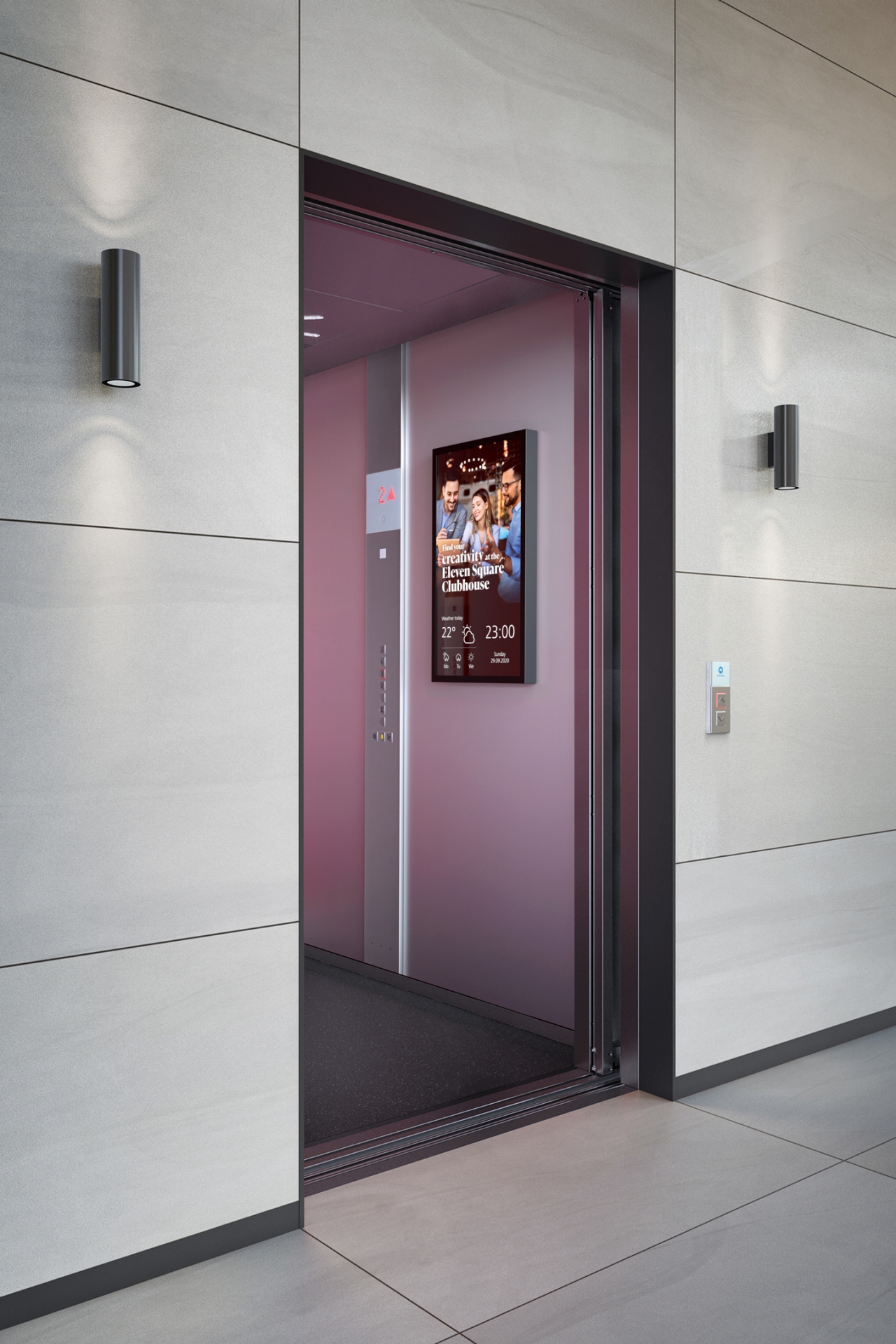Hospital lifts, also known as medical or healthcare lifts, play a critical role in facilitating efficient and safe vertical transportation within healthcare facilities. These lifts are designed with specific features to meet the unique needs of hospitals and medical centers. Here are key aspects related to hospital lift systems.
Design and functionality are carefully considered in hospital lift systems to support the unique requirements of patient care and the healthcare environment. When implementing or upgrading hospital lifts, collaboration with professionals in healthcare facility planning and elevator technology is essential to ensure compliance and optimal performance.
1. *Patient Transportation:*
- Specially designed to accommodate stretchers and wheelchairs, allowing for the smooth and secure movement of patients between floors.
2. *Capacity and Size:*
- Varied capacity options to handle different loads, including larger capacity lifts for moving medical equipment
3. *Emergency Features:*
- Robust emergency systems, including backup power, emergency brakes, and prioritized response during power outages.
4. *Hygienic Materials:*
- Use of materials that are easy to clean and sanitize to maintain a sterile environment.
5. *Quick Response Time:*
- Swift response to calls, crucial for emergencies or urgent patient transfers.
6. *User-Friendly Controls:*
- Intuitive controls for healthcare staff, ensuring ease of operation during critical situations.
7. *Specialized Doors:*
- Doors designed for efficient and rapid opening and closing, allowing for quick access to the lift.p>
8. *Monitoring Systems:*
- Advanced monitoring systems to track and manage maintenance requirements, ensuring optimal performance.
9. *Quiet Operation:*
- Noise reduction features to minimize disturbance, especially in sensitive healthcare environments.
| SHAFT SIZE | NUMBER OF FLOORS | CAPACITY | SPEED | NUMBER OF PASSENGER |
| 1800 MM X 1600 MM & Above | G+1 | 408 KG & Above | 1Mps | 6 |
| 1800 MM X 1600 MM & Above | G+2 | 544 KG & Above | 1Mps | 8 |
| 2000 MM X 1700 MM & Above | G+3 | 608 KG & Above | 1Mps | 10 |
| 2200 MM X 1700 MM & Above | G+4 | 884 KG & Above | 1Mps | 13 |
| 2500 MM X 1600 MM & Above | G+4 | 1020 KG & Above | 1Mps | 15 |
Stainless Steel &
Mild Steel
Hospital lift connectivity involves integrating modern technologies to enhance efficiency, safety, and overall performance. Key aspects of hospital lift connectivity include:

1. *Remote Monitoring:* Real-time monitoring of lift performance and status remotely, allowing for proactive maintenance and issue resolution.
2. *IoT Integration:* Internet of Things (IoT) technology to enable connectivity and data exchange between lift components for predictive maintenance and performance optimization.
3. *Smart Controls:* Smart control systems that provide centralized management, allowing hospital staff to prioritize lift usage and respond to emergencies promptly.
4. *Integration with Hospital Systems:* Seamless integration with hospital information systems, enabling coordination with patient transport schedules and minimizing wait times.
5. *Emergency Communication:* Enhanced communication systems, including video and audio features, for quick response during emergencies.
6. *RFID or Biometric Access:* Advanced access control systems using RFID cards or biometric authentication to restrict lift usage based on authorized personnel.
7. *Traffic Management Systems:* Algorithms and sensors for optimizing lift traffic flow, especially during peak hours, to reduce waiting times and improve efficiency.
Effective connectivity in hospital lifts ensures a seamless and responsive vertical transportation system, contributing to the overall efficiency of patient care and hospital operations. When implementing connected solutions, it's crucial to prioritize data security and compliance with healthcare industry regulations.